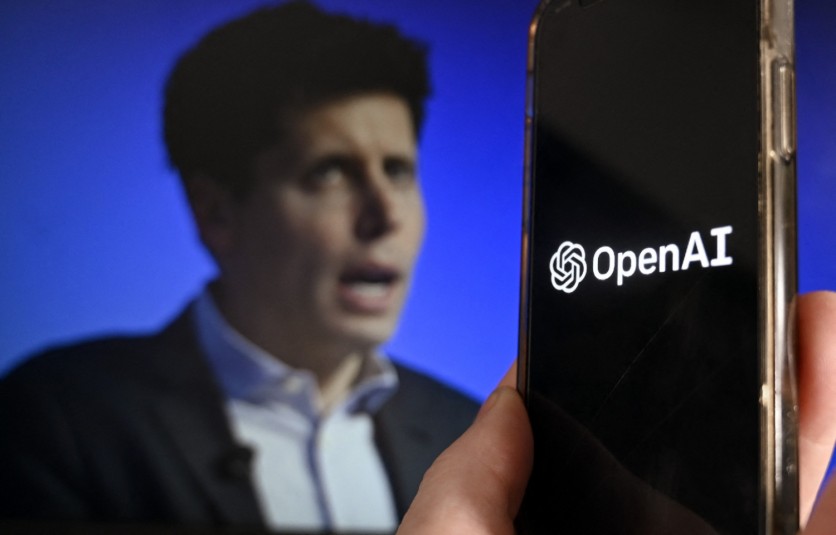
You soon won't have to have a camera to make realistic videos using artificial intelligence. OpenAI has unveiled its latest advancement in video-generation technology with the introduction of Sora. Positioned as a tool to enhance visual storytelling, Sora offers users the capability to translate text instructions into video scenes of varying complexity, ranging from realistic to imaginative.
Sora's primary function is to generate videos based on textual prompts, allowing users to create content up to one minute in length. With a focus on realism and imagination, the model can construct scenes featuring multiple characters, diverse motions, and detailed environments, drawing from its understanding of the physical world.
"The model has a deep understanding of language, enabling it to accurately interpret prompts and generate compelling characters that express vibrant emotions," according to a company blog post. "Sora can also create multiple shots within a single generated video that accurately persist characters and visual style."
In addition to text-based inputs, Sora provides flexibility in video creation by generating content from still images and extending existing footage. OpenAI's demonstration of Sora's capabilities includes scenes such as an aerial view of California during the gold rush and a simulated Tokyo train journey.
Despite its impressive capabilities, Sora is not without limitations. Users may encounter occasional discrepancies in simulated physics or other minor imperfections. However, OpenAI acknowledges these challenges as part of the ongoing development process.
Currently, access to Sora is limited to a select group of individuals known as "red teamers," who are tasked with evaluating the model for potential risks and harms. Additionally, OpenAI has extended access to certain visual artists, designers, and filmmakers to gather feedback on the model's performance. It is worth noting that the existing version of Sora may not accurately simulate complex physical scenarios and could struggle to properly interpret certain cause-and-effect relationships.
In a recent development, OpenAI has announced the implementation of watermarks on its text-to-image tool, DALL-E 3. However, the organization acknowledges that these watermarks can be easily removed. This move comes as OpenAI grapples with the implications of its AI products, particularly the risk of AI-generated photorealistic videos being mistaken for authentic content. This underscores the ongoing challenge of addressing the potential consequences of AI-generated media being used to deceive or manipulate audiences.
![Apple Watch Series 10 [GPS 42mm]](https://d.techtimes.com/en/full/453899/apple-watch-series-10-gps-42mm.jpg?w=184&h=103&f=9fb3c2ea2db928c663d1d2eadbcb3e52)



